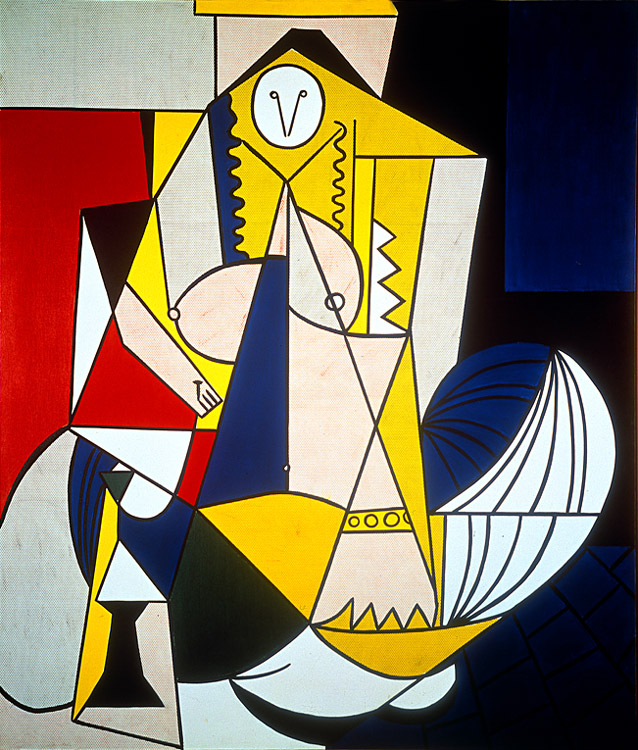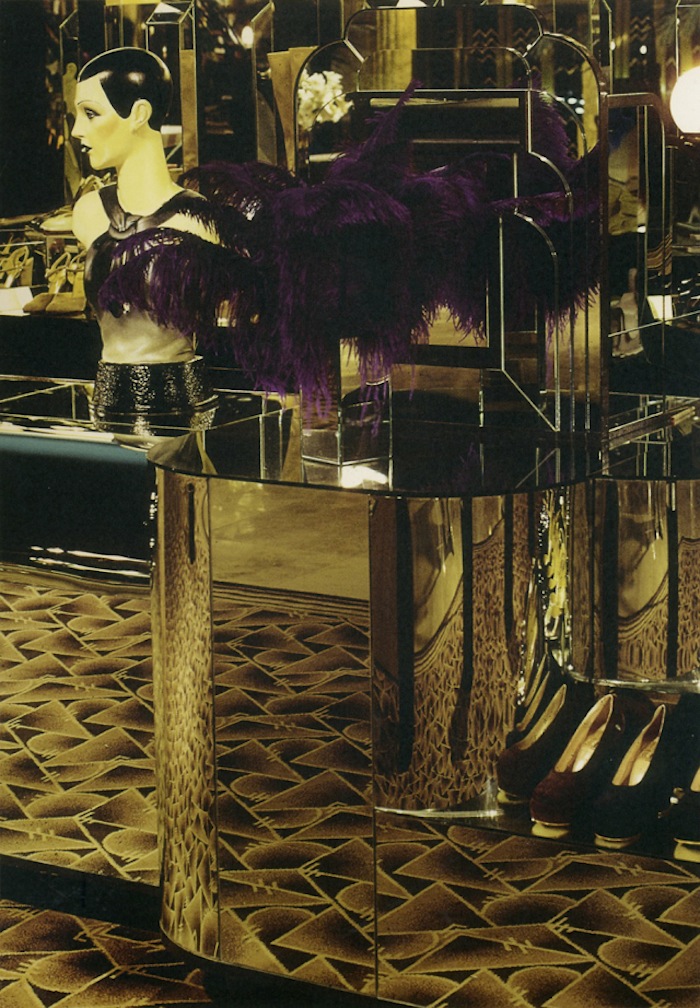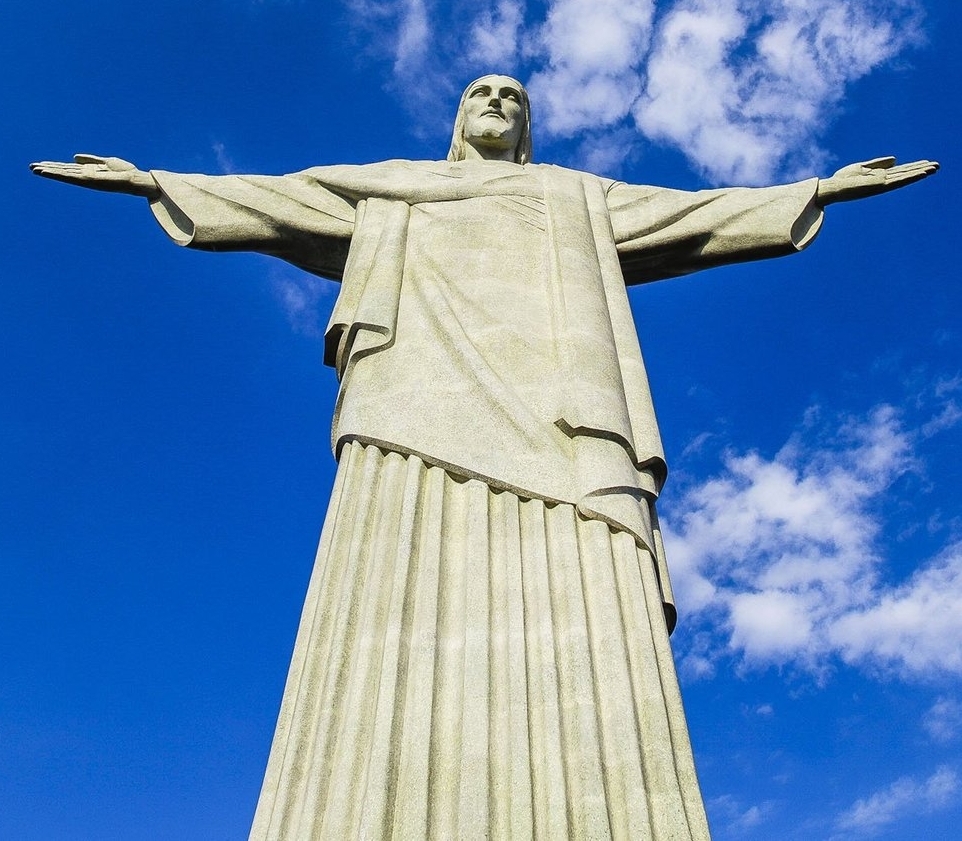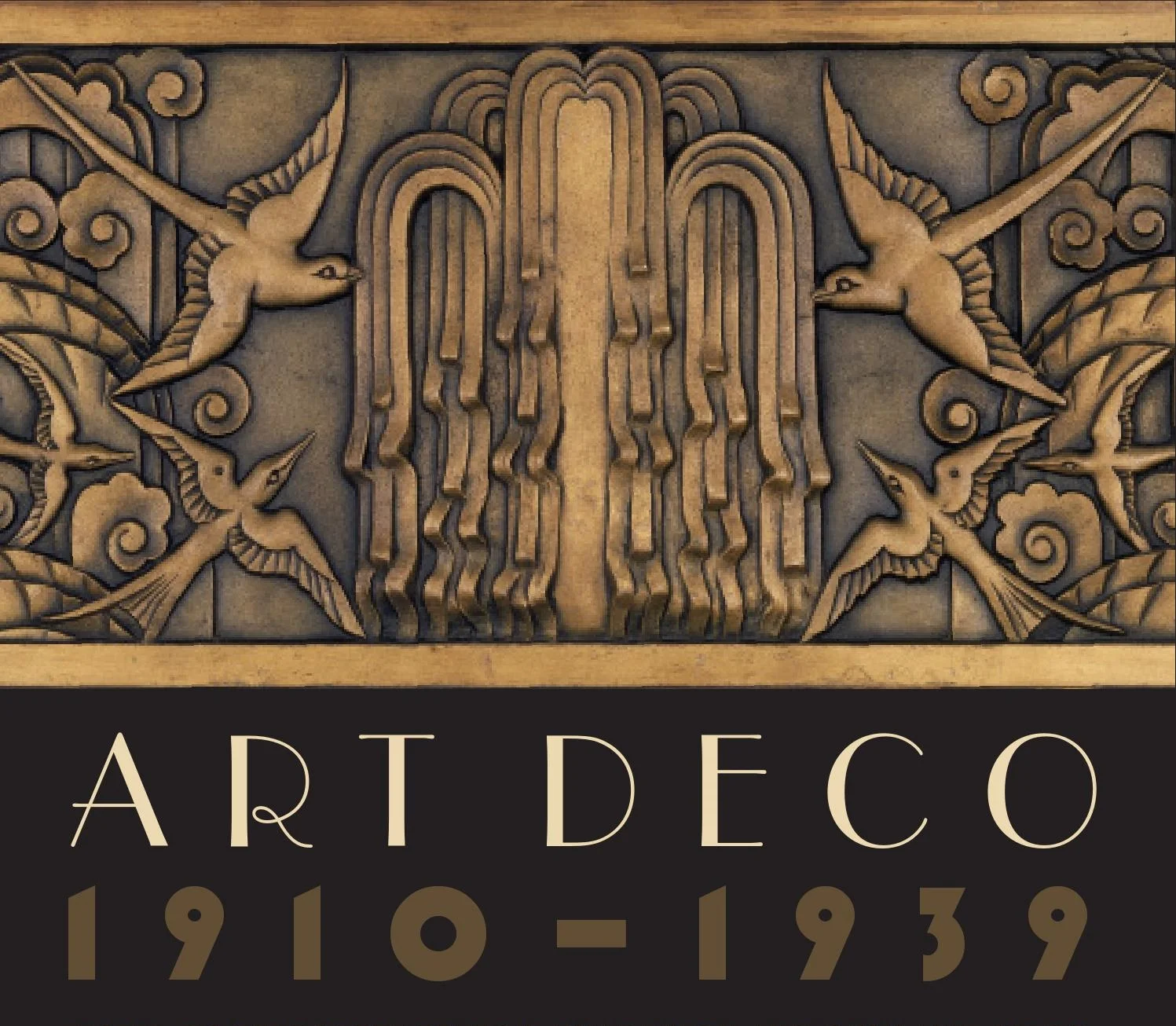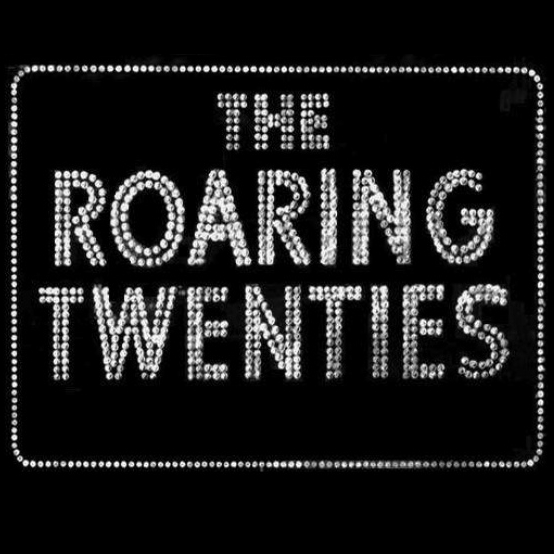Resurgence of Art Deco
Art Deco in the 1960's
Art Deco was looked upon poorly throughout the 40's and 50's, but saw a resurgence in the 60's. Similar to the 20's, the mood of the 60's was one of optimism and hopefulness. The economy was steady, pop culture was flourishing and the hippie culture was re-inventing the meaning of liberation.
The 60's saw the birth of the Pop Art and Postodern movements which were regarded to be reminiscent of Art Deco. Both styles relied heavily on the use of bold, bright colours and angular, geometric designs - just like Art Deco. The public began to take an interest again in Art Deco and it was during the 1960's that "Deco sites, such as Miami Beach, and key Deco buildings and interiors - including the spectacular Rainbow Room in the RCA building in the Rockefeller Center complex - were stylishly refurbished." (Benton, 2003)
Examples of the bold colours and geometric shapes used in Art Deco, Pop Art and Postmodern Designs....
Art Deco in the 1970's
The Roaring Twenties are infamous for their prohibition parties, Charleston dancing and loosening moral codes. Likewise, the 70's were all about uber-glam Studio 54 parties, disco dancing and hedonism. Mirrored disco balls, slinky, highly-sexualized fashions and emergence of punk music are extensions of the style movement that began in the 20's.
One of the best examples of Art Deco revival in the 70's has to be Big Biba. This London department store, with it's marbled floors, dramatic use of mirrors, peacock feather decor, figurative lamps, geometric patterns and sweeping curcves came to be know as "the sexiest shop in the world" at the time. The luxe interiors, including The 5th floor restaurant, The Rainbow Room, were oozing with Art Deco glamour.....
Twiggy luxuriating in Big Biba's restaurant, The Rainbow Room...
Image source: Messy Nessy Chic
To read more about Big Biba and The Rainbow Room visit Messy Nessy Chic blog.
Art Deco in the 1980's
The 1980's were all about excess, luxury and status. The "ME" generation glorified real estate tycoons like Donald Trump and the young hot shots of Wall Street. The fashion world's mantra was 'Bigger, Brighter, Bolder'. The Concorde was the premium travel choice of the jet set crowd. The personal computer made its entry into the average home. And Miami Vice was one of the most popular shows on television - putting a bright, neon spotlight on the South Beach Art Deco District.
Park Central Hotel, South Beach, Miami - Built in 1937, renovated in 1988
The culture of the 1980's was reminiscent of the 1920's in that luxury, leisure and technology were front and centre. And it was during this decade that saw another Art Deco resurgence, particularly in the realm of graphic design. Also, fashion and jewelry silhouettes were influenced heavily by the angular, geometric designs of the Art Deco era. Nightclubs, cocktail bars and hotel lobbies were again emerging as hot spots of the young and affluent. More than anything, the 1980's lifestyle was reminiscent of the hedonistic, pleasure-seeking days of Deco.
Art Deco Today
Poster for 10th World Congress on Art Deco held in Montreal, 2009
The fascination with Art Deco never seems to go away. Popular Deco destinations like South Beach Miami, New York, Montreal, Havana and Paris are more popular than ever. Art Deco enthusiasts continue to attend annual Art Deco Congresses and 'Art Deco Weekend' festivals.
The release of Baz Luhrmann's, 'The Great Gatsby', movie in 2013 created a frenzy for all things Art Deco. Today's celebrities seem to have an obsession with the Deco look - red lips, sparkling diamonds and all out glamour gowns are a common sight on the red carpet. So many of today's hotels, nightclubs and restaurants are being infused with an Art Deco aesthetic.
It seems that we as society have an unquenchable thirst for beauty, glamour and luxury. Art Deco represents hope, optimism and beauty and even during tough economic times, the appeal of Art Deco is hard to ignore. At the end of a long hard day, there's nothing better than a cocktail, a dose of leisure and a huge helping of hope for a brighter future.
Baz Luhrmann's The Great Gatsby, 2013


